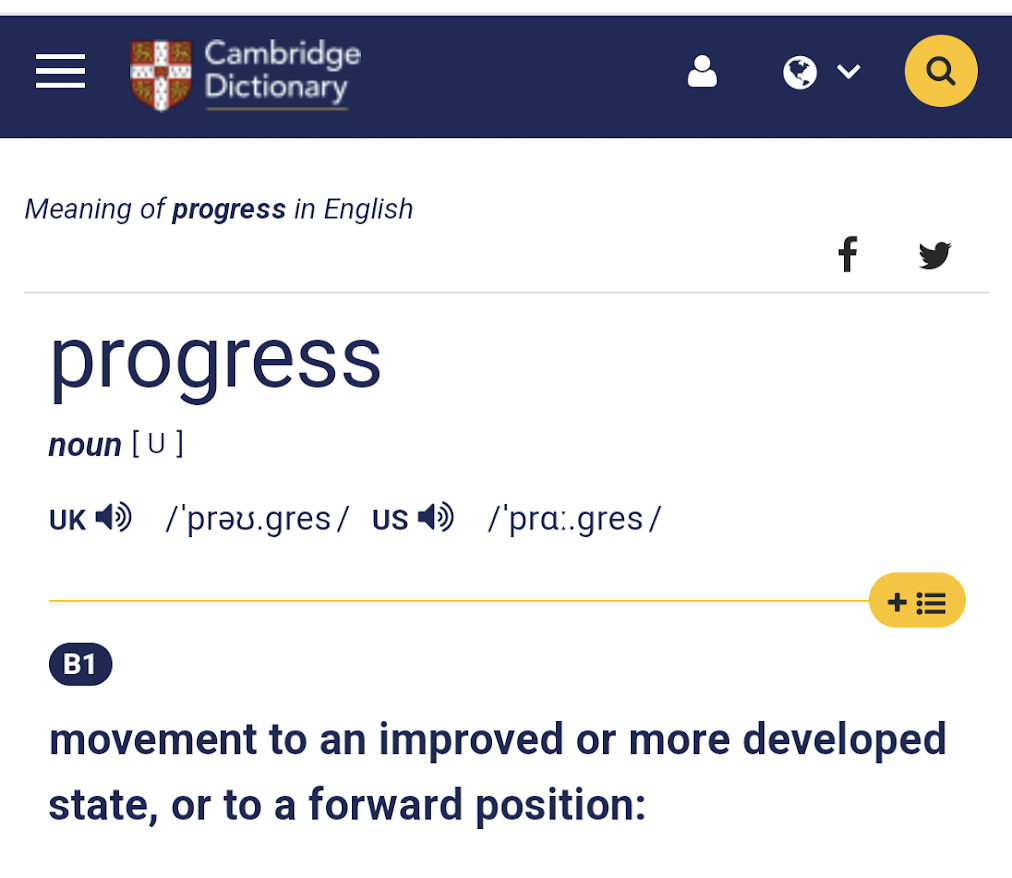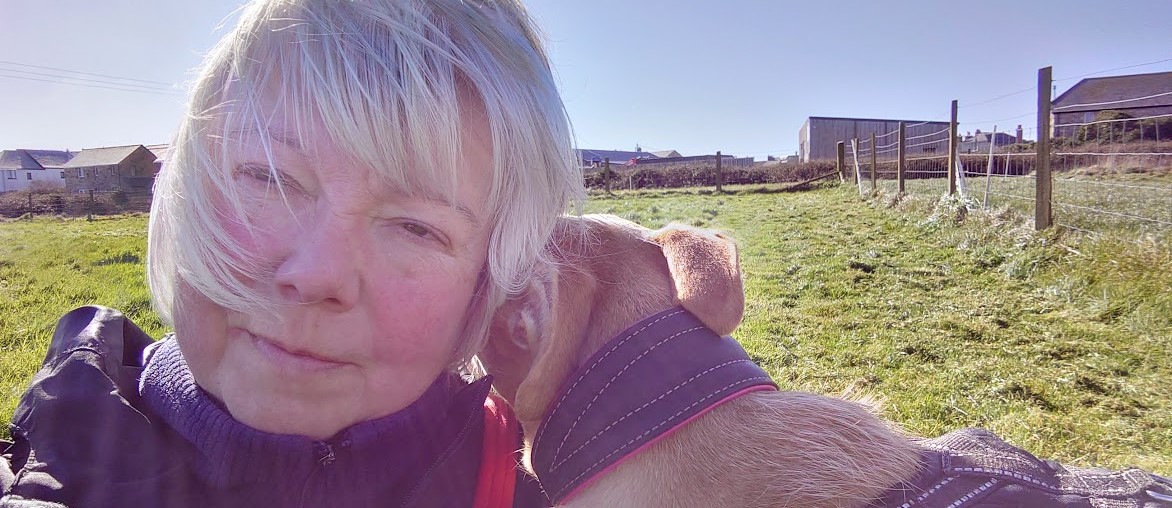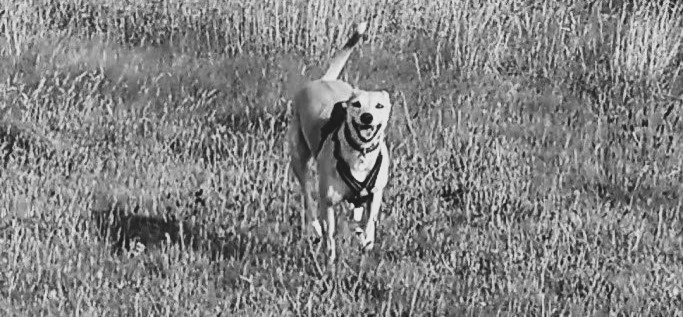Call / 07815 167247
Email [email protected]
Call / 07815 167247
Email [email protected]


Here are some ideas:
Here's an example on coming back when called.
Record how many times you call your dog and how many times they came back.

Or how about a dog who you would like to be calmer on walks.
Or if you are wondering how your dog is coping in certain situations, video as a benchmark of how things are going now, then video once a week so that you have a visual record to look back on.
To understand your PROGRESS, you need to record and assess what you are doing, then it is time to celebrate those successes.
Scroll down for more ...
Very often in working with clients they are just thinking about the end goal, but sometimes we need to break things down.
For example, recently I worked with someone who was trying to teach their dog to go along a ramp in to the car. The goal was taking over the training and because the dog was not going along, or even getting on the ramp, it felt like they had failed.
So we broke it down into tiny pieces and heavily reinforce each step. Each training session was less than a minute, and within 4 sessions their dog was walking along the ramp on the ground.
Here’s how it went, with each stage being heavily reinforced with pieces of turkey –

More steps to go before she is getting in the car, but great progress.
I often say this to clients, but what does it really mean in practice?
Progress is about being realistic and practical, and sometimes, in the real world of dealing with life and time constraints, any step forward is a big achievement.